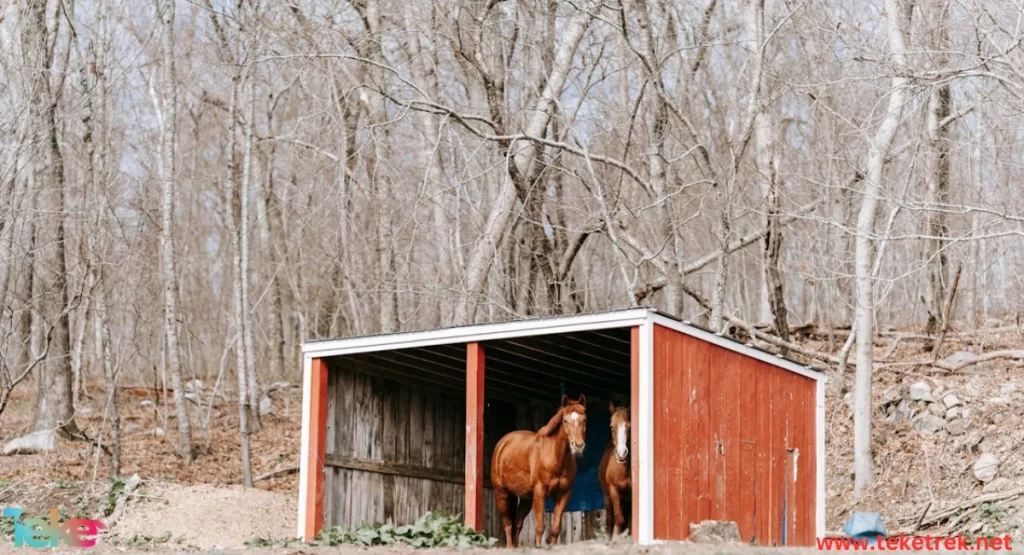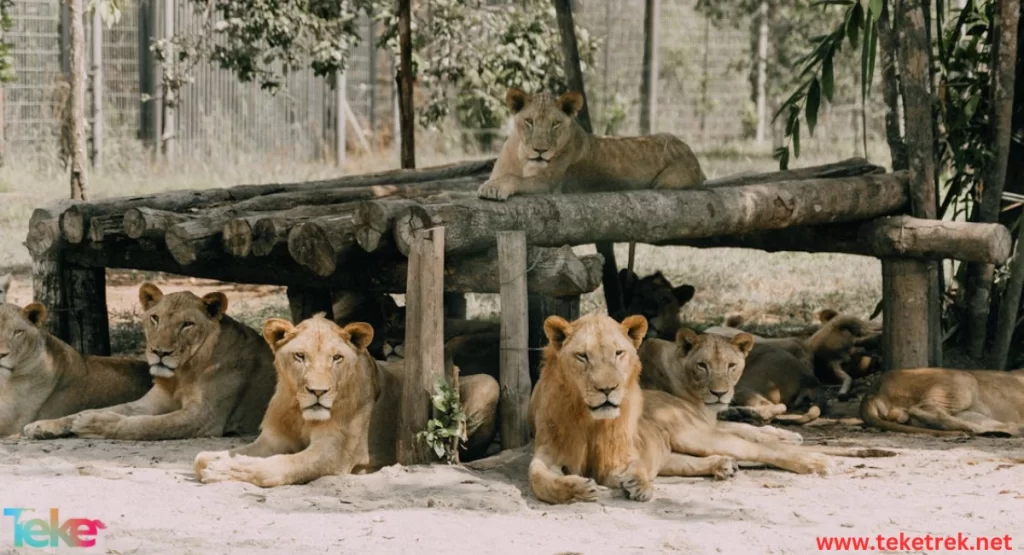How do animals build their homes in winter? A question that researchers and zoologists have long searched to answer. With the approaching cold winter, nature turns into a large theater in which each living organism displays its unique strategies for survival. This season is not just a season of the year, but rather a real test of the ability of living organisms to adapt. With harsh conditions.
Winter represents a huge challenge for animals, testing their ability to withstand the harsh cold, strong winds, and accumulated snow. Therefore, building shelters and homes becomes a matter of life or death, as animals resort to amazing innovations in designing and building places that protect them from the cruelty of nature.
In this article, we will learn about the wonderful ways that animals adopt in building their homes in the winter, and how their innate intelligence is manifested in facing the challenges of cold and harsh weather. Let us begin our enjoyable journey.
Types of shelters that animals build:
There are a large number of animals in nature, some of which live near the surface of the earth, some of which live on branches and trees, and others that take shelter in the water. Therefore, in the following lines, we review the most prominent shelters that animals build, which are as follows:
Wild animal dens: Some animals, such as rabbits and rodents, dig underground dens and tunnels to protect them from all dangers that threaten their lives, whether from harsh weather conditions or from predatory creatures. These animals exploit the dirt to create thermal insulation that protects them from the cold during the winter. They also By digging many tunnels for it to create a ventilation system and help it escape during predators attacking it.
Bird habitats: Birds live on trees and branches and rely on them to build their nests. They pick up straw, feathers, mud, and tree leaves and build them with great craftsmanship in order to build a nest that will be a refuge for them during the extreme cold days during the winter. These birds use insulating materials that work to preserve Depending on the temperature of the nest, the location of which was chosen with great care to protect it from weather factors that might affect it, then she builds a sturdy house for herself, relying on some spider webs and other things to connect the grasses with the nest. Some of them are tight.

Marine animals and how to protect them from the cold:
Some creatures live in water, whether in seas, oceans, rivers or lakes. These animals resort to strategies that work to protect them during the cold winter, the most prominent of which are the following:
Migration or searching for warm places: Some animals resort to migrating to warm areas during the winter to avoid the cold of winter. Among these animals, for example, are gray whales that migrate from the Arctic to Mexico, where they give birth to their young away from the cold of winter. Sea turtles also migrate to areas Warm tropical plants provide a more stable environment for them to survive.
Adaptation of marine animals to the cold: There are some animals that adapt to cold climates to ensure their survival throughout the cold winter period. Among the most prominent of these animals is the seal, which has a thick layer of blubber under its skin that acts as a thermal insulator that helps it maintain its body temperature in the cold. Cold waters. Dolphins also depend on several adaptations, including the presence of a thick layer of fat under their skin, in addition to the presence of a special blood circulation system called counter-thermal exchange, in which heat is exchanged between warm blood vessels, and this is what helps them maintain… Their body temperature in cold water.
Physical and behavioral adaptations:
Physical and behavioral adaptations reflect animals’ remarkable ability to adapt to harsh environmental conditions and ensure their survival during cold winters. Examples include:
https://teketrek.net/the-nagel-fish-most-important-information/
Animals change their behavior:
Some animals change their behavior as the cold winter approaches, as they hibernate or migrate, as follows:
Hibernation: Many animals enter a state of hibernation during the winter to conserve energy when food resources are scarce, as basic body functions such as heart rate and body temperature slow down. Among these animals we see bears and bats entering a deep hibernation during the cold months.
Migration: Some animals migrate to warmer areas during the winter to avoid the cold and find better food resources, as some bird species, such as swallows, travel very long distances to the tropical regions to escape the cold of winter.
Physical adaptations that help them survive: Animals make some physical adaptations, which are as follows:
Changing fur: Some animals increase the thickness of their fur to combat the cold, as thick fur acts as a natural insulator and maintains body heat. In addition, it is possible for the colors of the fur of some animals, such as arctic foxes, to change to suit their surrounding environment and provide additional protection for them.
https://teketrek.net/bottlenose-dolphin-friend-of-man-and-dancing-waves/
Fat accumulation: Many animals store large amounts of fat during the warm seasons, to use as an energy source during the winter when food is scarce, examples of which include seals and bears.
Thermal adaptations: Marine animals such as dolphins and seals have a thick layer of blubber under their skin that acts as a thermal insulator, which helps them maintain their body temperature in cold waters. Some marine animals are also characterized by having a special blood circulation system that also maintains the temperature of the vessels within their bodies.

Examples of winter animals:
Many animals live in the wild kingdom that can be said to be winter animals, as these animals have adapted to the winter season to survive despite the harsh weather conditions. Among the most famous of these animals are:
Bears: This type is considered one of the most prominent examples of animals that hibernate in the winter, as their heart rates and temperature decrease, and their vital processes slow down significantly to conserve energy. Bears rely on fat stored in their bodies to provide them with energy throughout their hibernation period, which helps them survive the harsh winter without having to search for food.
Arctic foxes: Arctic foxes live in the cold northern regions, where they are characterized by the presence of thick fur that acts as thermal insulation for them, helping them maintain their body temperature. In addition, the color of their fur can change to white to provide good camouflage in the snow.
Swallow: This type of migratory bird migrates from the cold regions of North America and Europe to the warm regions of South America and Africa.
Songbirds: These birds travel long distances from the northern breeding areas to tropical and temperate places where suitable living conditions are available for them, including ideal temperatures, in addition to the availability of the necessary food and water.
In conclusion, we find that the answer to the question: How do animals build their homes in the winter? This was achieved through the efforts of researchers and biologist who monitored the behavior and actions of these animals, and found that the animals’ adaptation to winter ensured their survival, whether through the behaviors they followed or even through the physical adaptations they made. All of this contributes to One goal is to keep these animals alive, and this contributes greatly to maintaining the environmental balance within this complex kingdom.





